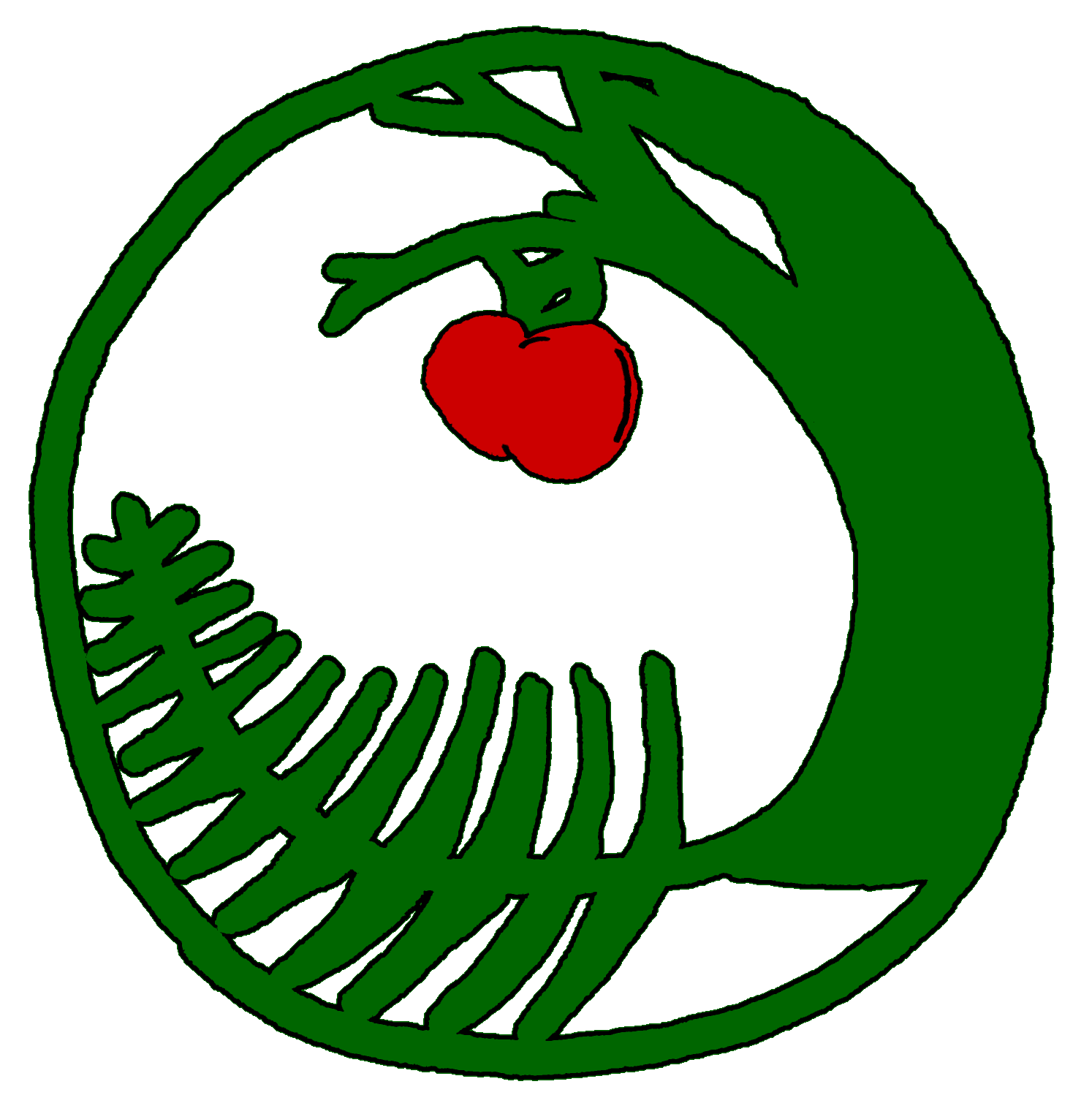
Fern Hill Nursery and Botanical Sanctuary
Edible, medicinal, and native plants for the Pacific Northwest
We spent 13 years building an abundant fruit forest, annual veggie beds, perennial medicinal herbs, and a healthy mixed hardwood-coniferous forest and now we've sold our property to the next stewards so that we can begin a new homesteading project in Vermont closer to our best friends and their kids.
Don't worry - we plan to keep this website up and running so that our customers can reference what we've written about our plants!
We'll let you know once we re-start a farm in Vermont!
Drought tolerant
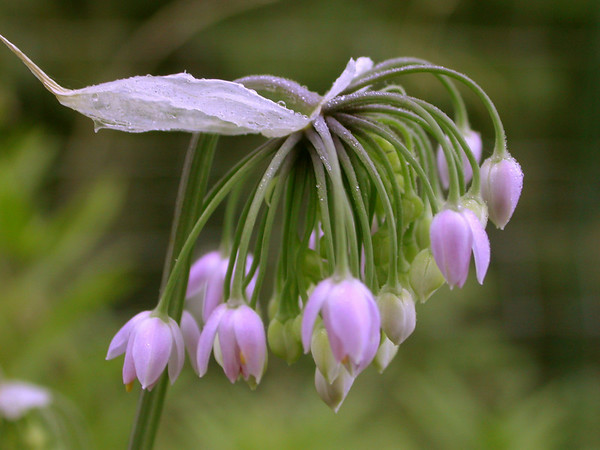
Nodding onion is a showy native onion that is also a great addition to a perennial vegetable garden. The grass-like leaves can be harvested any time and eaten raw like chives or cooked as green... more->
Kalitera means "the finest" in Greek, and this oregano lives up to its name. It has a smooth flavor like marjoram without the spicy bitterness found in seed-grown oregano. It grows upright on... more->

Blue blossom, also known as California lilac, is a fabulous showy broadleaf evergreen shrub. Lilac colored flowers bloom in mid to late spring and have a wonderful fragrance. Native to coastal... more->
'Grosso' is a hybrid Lavindin-type variety that has a dark purple bloom, grey-green leaves, and excellent fragrance fresh or dried. This variety is often used for commercial production because of... more->
An Oregon native wildflower with gray green foliage and pretty dried pearly white flowers, pearly everlasting is an easy plant for a native garden. At the height of summer, plants grow up to 3... more->
This hardy deciduous shrub is easy to grow in our climate. Deer tolerant and drought tolerant, it blooms for a very long time through spring into fall. We have two varieties- one that blooms... more->

With beautiful blue flowers clustered atop two foot tall stalks, hound's tongue is named for the shape and texture of the leaves that form a rosette at the base of the plant. It's native to the... more->
'Vera' is a cold-hardy heirloom English lavender. It is considered the original and true variety traditionally grown at high elevation in the French alps. In our garden, 'Vera' produces tall... more->
A broad leaf evergreen ground cover, kinnikinnick is very hardy. It thrives in partial shade and will spread along the ground or grow along a slope, providing some erosion control. Drought... more->
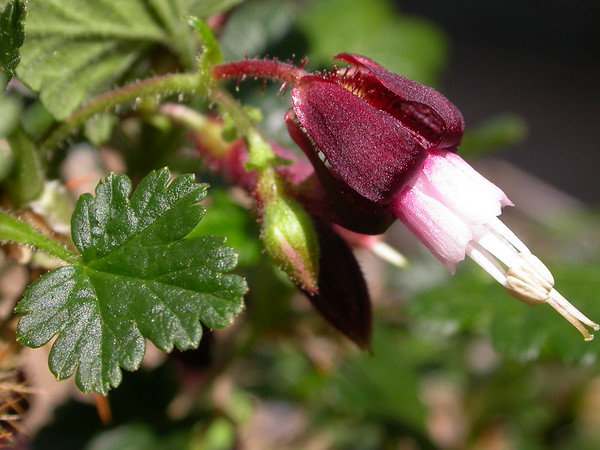
This prickly and upright gooseberry shrub is native to California and Oregon. It produces profusions of intricate red and white flowers that look like they are turned inside out. If you are... more->
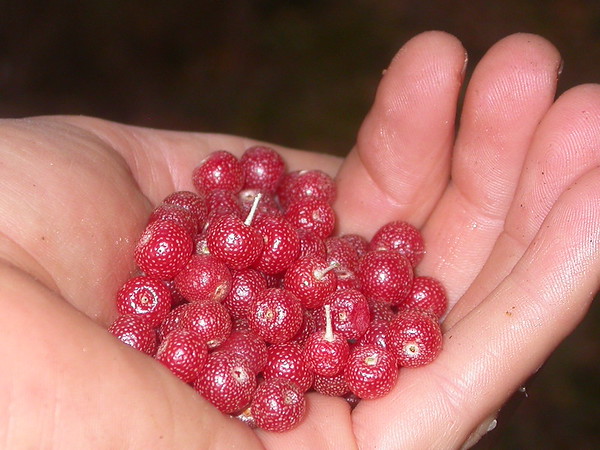
Goumi plants are well known in the Northwest permaculture community for being great nitrogen fixing shrubs with a much lower chance for spreading by birds. These shrubs can grow up to 12 feet or... more->
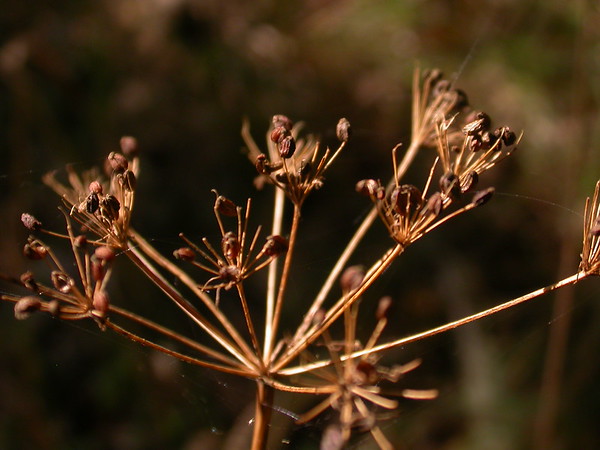
Native oak woodlands and meadows throughout the Pacific Northwest, licorice root, also known as celery-leaved lovage, is an herbaceous perennial in the carrot family. The leaves are edible and can... more->
Native to Oregon and much of North America, western mugwort is a rhizomatous perennial with beautiful gray-green foliage composed of long, strap-like leaves. Its yellow-white flowers bloom in... more->
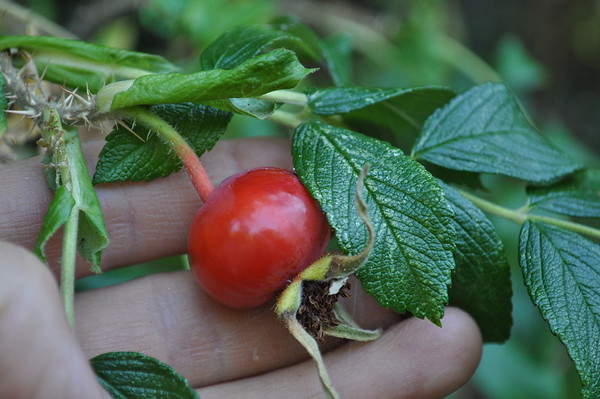
Rugosa rose is a suckering shrub native to Asia. It has large and beautiful blooms and the largest rose hips of any rose we know. The rose hips are high in vitamin C and can be eaten fresh or... more->
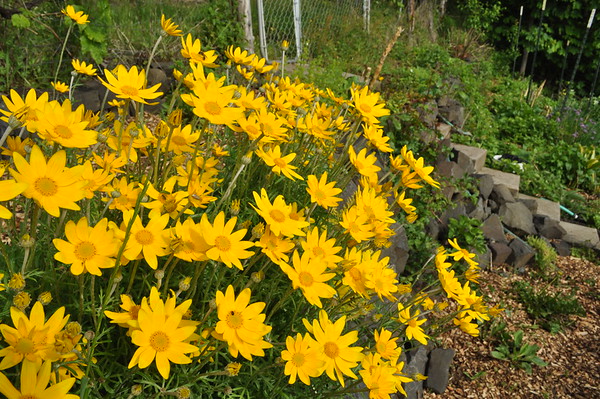
A beauty for a native wildflower garden, Oregon sunshine lives up to its name, bearing profuse quantities of deep yellow blooms. Gray green foliage is ornamental. This plant blooms no taller than... more->
Twinflower is a sweet native wildflower less than a foot tall with elegant bell-shaped white and pink flower clusters. It tolerates full shade and grows as a ground cover in woodlands. more->
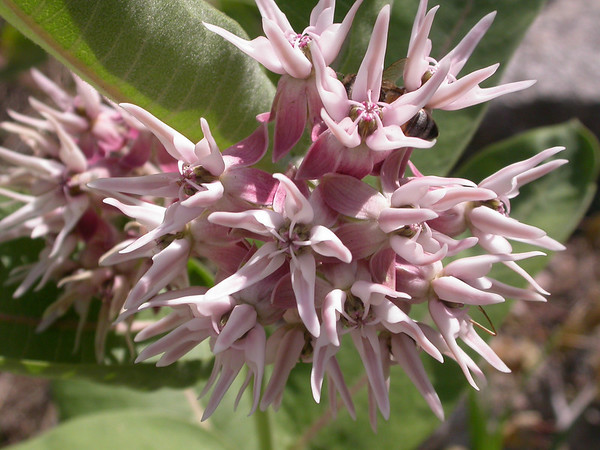
A gorgeous wildflower native to western North America, showy milkweed is a host plant for monarch butterflies. Pink and white fragrant flower clusters bloom on two or three foot stalks in mid-... more->

A fig that performs very well in the Northwest with cooler summers, Negronne is also generally more compact. It can grow over 15 feet but is happy to be pruned for ease of harvest. These figs... more->
Native to dry, brushy and forested hill slopes in northern California and southern Oregon, this is the largest species of biscuitroot that we grow. I've seen it up to 4 feet tall and several feet... more->
This native member of the sunflower family spreads quickly in poor soil with very little care and without summer irrigation. It has spreading blue-flowered aster blossoms late in the summer to... more->
No herb garden is complete without this fragrant and savory leaf to add to pasta sauce, soup stock and more. Sage also produces beautiful and edible pink flowers that attract pollinators.... more->
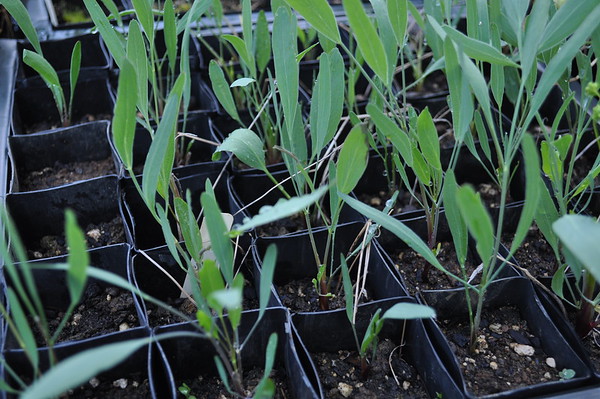
I really like the parsley-like taste of this edible perennial in the carrot family. Another common name is pestle-parsley. It's also native to wet meadows and well-drained hillsides in the... more->
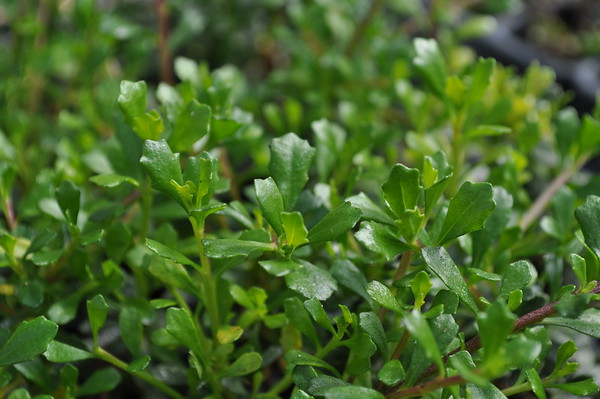
Christmas bush is a great choice for evergreen ground cover on rock walls or slopes or ornamental gardens. The branches are dense and compact, creating a mat of tiny leaves about 6 inches tall... more->
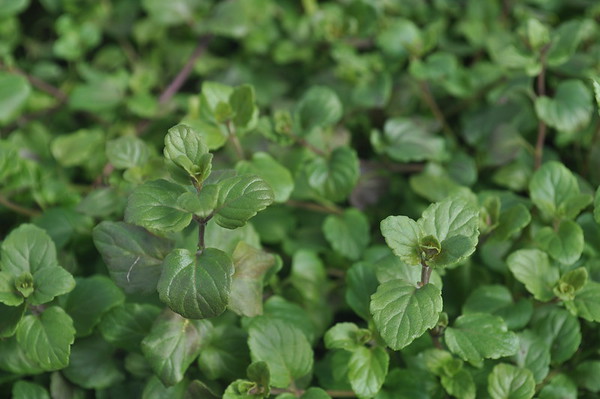
A native perennial in the mint family, yerba buena likes dappled shade and handles a wide variety of soil from deep rich organic matter to nutrient poor clay. Once established, it can handle... more->
Salal is an evergreen shrub in the heath family with glossy leaves, white urn-shaped flowers, and edible purple berries. Salal prefers moist shade, but it often bears the most fruit in sunny... more->
